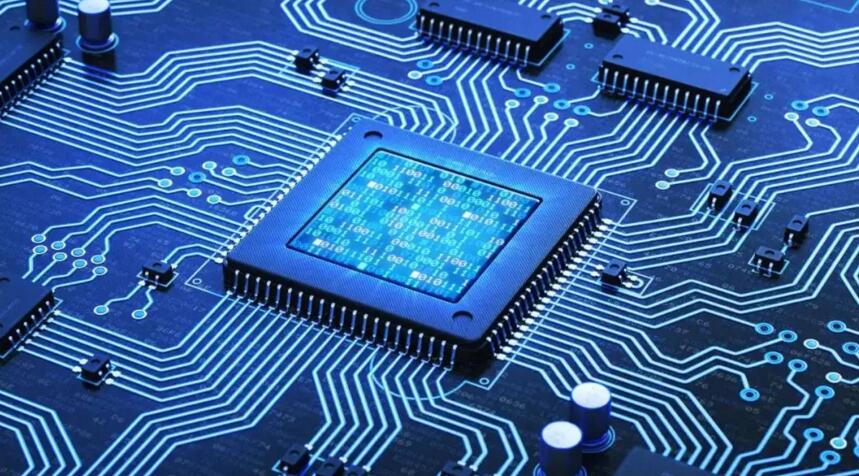 网友讨论:中国克服半导体劣势/美国克服稀土劣势,这两种哪种更有可能成功?
网友讨论:中国克服半导体劣势/美国克服稀土劣势,这两种哪种更有可能成功?
正文翻译

两者都有可能成功。
克服稀土问题不过是美国的炒作——因为中国人并没有停止销售稀土,只是美国想要建立一个独立的来源——这没问题。
半导体是美国对一个国家抱负的压制——是美国对中国施加的限制——这注定要失败——任何人类的抱负都是无法压制的。

两者都有可能成功。
克服稀土问题不过是美国的炒作——因为中国人并没有停止销售稀土,只是美国想要建立一个独立的来源——这没问题。
半导体是美国对一个国家抱负的压制——是美国对中国施加的限制——这注定要失败——任何人类的抱负都是无法压制的。
评论翻译

两者都有可能成功。
克服稀土问题不过是美国的炒作——因为中国人并没有停止销售稀土,只是美国想要建立一个独立的来源——这没问题。
半导体是美国对一个国家抱负的压制——是美国对中国施加的限制——这注定要失败——任何人类的抱负都是无法压制的。

两者都有可能成功。
克服稀土问题不过是美国的炒作——因为中国人并没有停止销售稀土,只是美国想要建立一个独立的来源——这没问题。
半导体是美国对一个国家抱负的压制——是美国对中国施加的限制——这注定要失败——任何人类的抱负都是无法压制的。
很赞 2
收藏